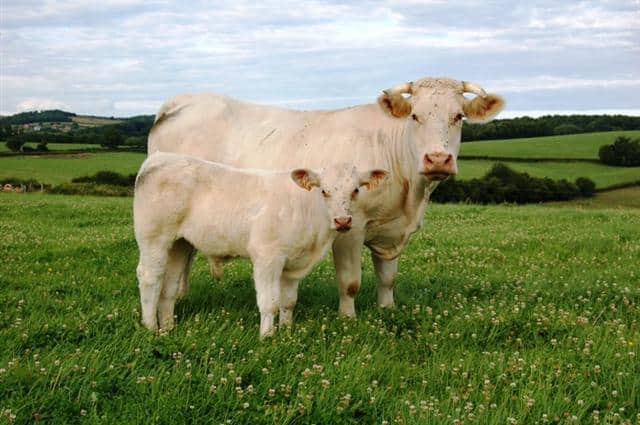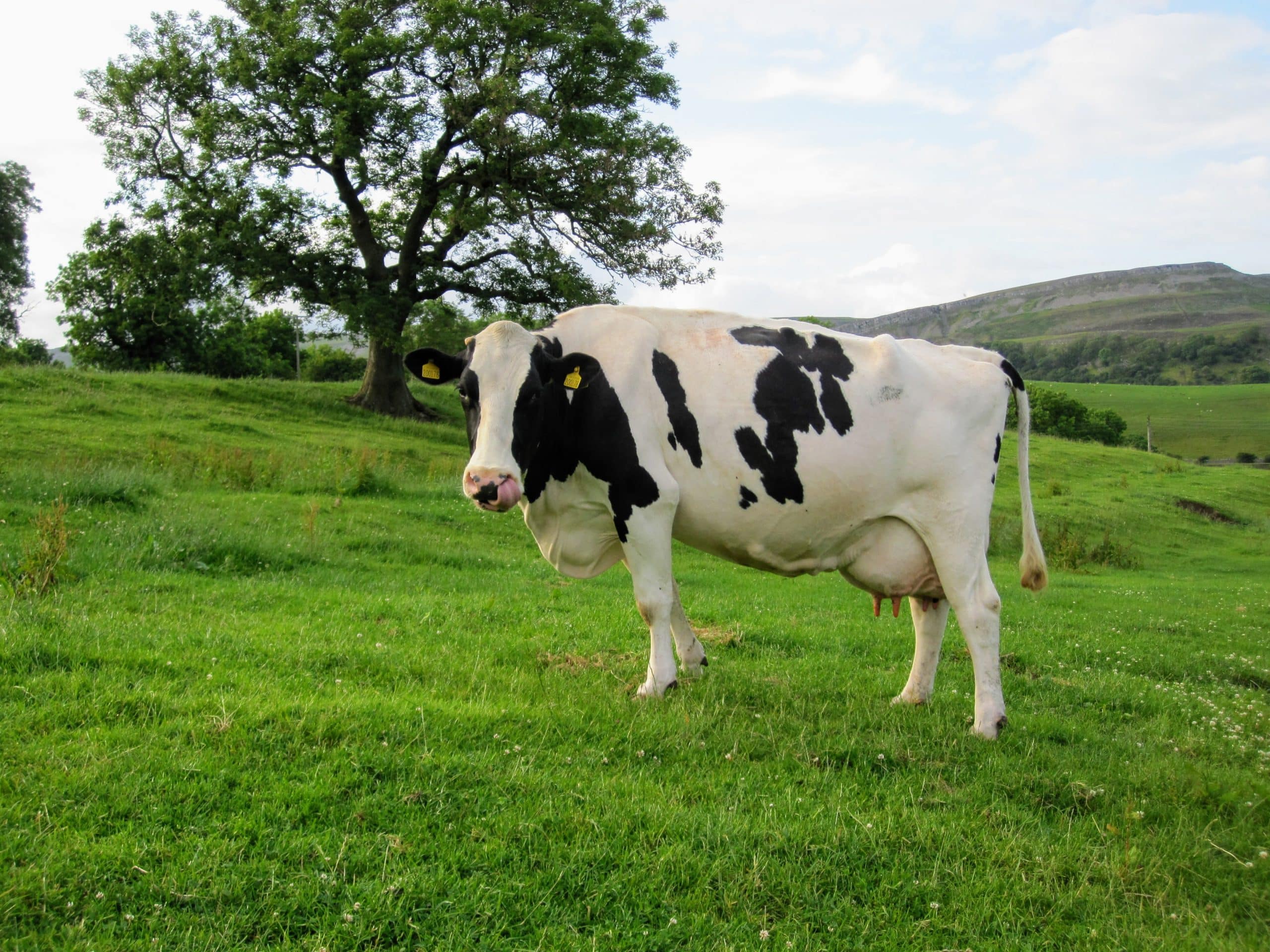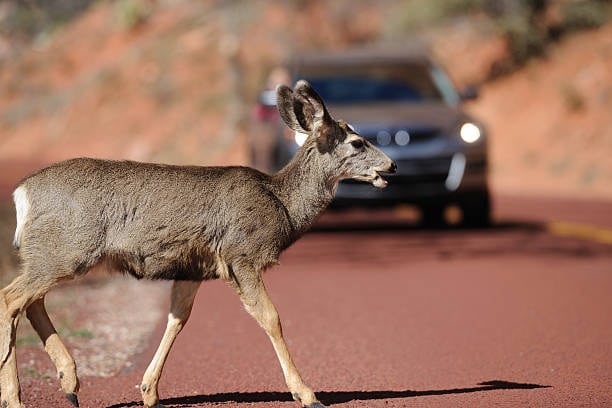Shocking Facts: How Many Cows Are in The World
The animal kingdom has a lot to offer in the form of unique creatures, amazing characters, beings, and produce. Animal produce is consumed all across the globe in different ways. Meat and dairy are at the top, according to recent surveys.
A discussion about animals who have mature and naive personalities can never be complete without Cows. They are the cattle king in all senses and exhibit characteristics you might have never heard about.
The domesticated world of animals is extremely important and has become an integral part of human survival. Let’s learn what makes cows important and how they have become popular in different parts of the globe.
Cows: Why are They Popular?
Cows are domesticated bovines belonging to the mammal family. They are known for their calm nature and adorable appearance. There is no denying that cows are special and need to be preserved. Have you ever wondered why they are so popular and important?
Here are some reasons that increased their popularity-
- Meat: Cow meat has been a part of cuisines in many parts of the world, especially in the US and Europe. Recipes based on cow meat have been passed down through generations, which makes it an even more important part of their food. Recent studies show that cow meat is an integral part of their everyday diet.
- Dairy: The world relies heavily on cows for their dairy needs. Can you imagine a life without milk, curd, cheese, and chocolates? The cow is at the center of the production of all forms of dairy products that are consumed all around. Although the world is moving towards a vegan life, dairy consumption still shows no significant decline.
- Leather: Not many know, but cow leather is pure leather and is used widely by luxurious brands in the US and UK. The unique texture of cowhide leather and its smoothness make it irreplaceable. Additionally, both the hair and skin of cows are used in the textile world.
- Availability: How often do you see a cattle filled with cows while walking down the neighborhood? Your answer might be in double digits. Cows are easily available in almost all corners of the world. A recent survey shows that there are around 940 million cows in the world. Remember that this is the recorded data. There must be unexplored areas with more of them.
- Easy to maintain: Hundreds of domesticated animals come with a tremendous amount of responsibility. Cows, on the other hand, are easily maintained and do not require you to create special living conditions or go technical about the diet. This is a big reason cows grow as the most popular being in the cattle world.
Most Popular Cattle Breeds in The United States
Now that you know what makes cows so popular. Let’s see what cow breeds are most commonly found in the US. Identifying cow breeds is often regarded as a technical job as they resemble a lot to each other. Take a look at cow breeds that you might have seen in your neighborhood-
1. Black Angus

A cow breed that requires low maintenance and produces delicious beef and dairy, Black Angus is the most popular cow breed in the US. There are around 330,000 Black Angus cows registered in the US. They have a strong body with thick hair and soft skin that is often used for leather production, as well.
2. Charolais

Charolais has a creamy white appearance and a strong build, which became the biggest reason for its popularity in the US. Stories suggest that Charolais was brought to the US when the beef-producing community sought cows with a thicker and heavier build. According to surveys, no other cow breed has impacted the beef-eating community of the US as much as Charolais has.
3. Hereford

If you had to find a cow breed that does all that castles are known for, then Hereford deserves a mention. With their origin in England, Hereford was brought to the US for its fattening abilities. If you ever find a reddish brown or reddish yellow cow with a huge build, then you have probably found a Hereford.
4. Simmental

Simmental as a cow breed was introduced to the US in the 19th century and has been a major part of the beef-producing industry ever since. They are the oldest breed with a red, white body and strong frame. What makes Simmentals stand out amongst other breeds is their potential to gain weight, making the meat tastier.
5. Holstein

White and black cow breeds are often seen around. Holstein has the typical white and black patchy appearance and a naive nature. Unlike other cattle breeds found in the US, Holstein is used for beef instead of dairy production. The cattle breed is popular for producing consistent and high-quality beef. The genetic similarity adds to the consistency and increases the demand.
6. Limousin

Featuring amazing carcass traits, Limousin has reached every corner of the US for its delicious beef that is easily extracted. Native to France, they were brought to the US for cheaper beef and dairy production. The golden-red body makes for another attraction point for this gorgeous cow breed.
Cows: Numbers and Stats Country-Wise
Will you believe if you ever heard that there might be more cows than people? You might not until you hear it is particularly true for New Zealand. The earth is swamped by cows, and with their giving nature, who would complain? There are surveys done every year to calculate the exact number of cows in the world.
- In 2021, there were around 996 million cows
- In 2022, the number reached one billion
Take a Look at Countries with The Most Number of Cows
Cows are found in every corner of the world, which is no surprise, given how beneficial they are for humans. Dairy products, beef, and leather are consumed and used differently in different parts of the world, which affects the number of cows in each country.
Here’s a list of countries with the highest cattle population.
- India: According to a survey by the United States Department of Agriculture, India stands at the top of the list with the highest number of cows. The country has around 301.6 million cows. The biggest reason for this surprising number is that cows are regarded as “sacred” in the country. India’s cattle are cared for, and Indians do not consume cow meat directly.
- Brazil: Brazil stands second with 219 million cows, according to a recent survey. There have been several studies suggesting a unique method that the country has adopted to rear cattle. While the country consumes cow meat at a high level, they focus on maintaining vegetation as well.
- China: With 100.2 million cows, China stands at third. Their step-wise focus on rearing cattle has become a great reason for these numbers. Since cattle arrived in China from the Northeast, there has been a non-stop increase in dairy and meat production. Additionally, in many parts of China, cows are considered a symbol of “fertility” and treated as “sacred,” which also gives rise to the number.
- US: The US and its cattle industry are not hidden. There are 91.8 million cows in the US. This comes as no surprise, given the beef and dairy consumption in the state. Additionally, the big number is also because of the large number of investments done by the people. Since the cattle industry has been booming in the US for decades, investors see it as a treasured investment.
- Europe: At the fifth comes Europe with 88.6 million cows. Europeans are extremely fond of beef and consume the highest amount yearly. Despite having many cows, Europe has reached 5th because of the rapid beef consumption.
Interesting Cow Facts That Will Blow Your Mind

1. India Has the Highest Number of Cows
It is a shared belief that the US has the highest number of cows, given the beef and dairy consumption. However, the number of cows in India surpasses the US by a huge number.
India not only consumes dairy products in great numbers but is also involved in exporting beef to the West in great numbers. With beef exports, India comfortably focuses on healthy cattle rearing.
However, the fundamental reason for such a high number is the belief system that treats cows as sacred. A belief system that goes back more than 10,000 years killing cows is a sin in the land.
2. Cows in The US
Cows in The US is a unique story you would love to explore. There are different cow breeds in the country, each with a separate purpose: dairy, beef, and cattle.
For instance, there are around 28.9 million beef cows and 9.40 million milk cows in the US.
3. Growth of Cattle Population
Cattle domestication is not new to the world. Studies suggest that cattle domestication began 10,000 years ago. However, there has been unprecedented growth in the cattle industry in the last decade. Every year, the number keeps going up, which also suggests the possibility of unhealthy breeding.
Nine hundred ninety-six million cows in 2021 reached 1 Billion in the next year, suggesting that the growth is also set to reach a new high for 2023.
4. Cows Originated in Turkey
Cows that we know today are descendants of wild oxen that were originally domesticated in Southern Turkey.
5. Cows are Lazy
Have you ever seen a cow jumping and running around? Probably not. This is simply because cows are not naturally active creatures and love lazing around.
6. Cows’ Stomach
You might have heard that cows have four stomachs. Well, this is not technically true, as they have one stomach with four compartments. Each compartment serves a different purpose, allowing cows to digest 35 to 50 pounds of grass.
7. Cows Worth
Apart from the fact that they bring a big bag for every country with their dairy and beef production. You might be surprised to know that in many places, costs are worth their weight in gold.
A white cow’s one-third ownership was sold in Brazil at $1.44 million in 2023. Another one was sold for $4.3 million.
8. They are Also Females
Yes, you read it right. All cows are females, unlike other mammals found in two genders. Their male versions are called bulls and not male cows. This is why all cows are used in the dairy industry, as they all produce milk.
9. Cows Are Social
Cows are extremely social beings who feel the happiest and most alive when staying in herds. They can develop strong bonds with other cows and even their owners. Additionally, cows are as loyal as dogs.
10. Cows are Heavily Exploited
The cattle industry is booming in all corners of the world, and yet their population keeps increasing each passing year. Have you ever wondered how? The answer is simple: unhealthy rearing and over-exploitation.
There are many studies suggesting their exploitation to a point where they are kept in closed spaces with no natural light and a diet that makes them fat for quality beef. Cow slaughtering in the US is at an all-time high level as well.
11. Dairy Production
Most of the cows belong to the Holsteins family, which means that they are capable of producing high amounts of milk. On average, cows can produce 6-8 gallons of milk in one day. They are milked at least 2-3 times daily, and it takes about 5-7 minutes to milk them.
Impact of Cattle on the Environment
Not all is positive about the existence of cows in such a large number, especially with the rapid growth in dairy, beef, and leather production.
- Cows contribute to global warming: The large number of cows present today has become a leading cause of global warming. Cows exhale methane, a type of greenhouse that increases global warming. Cows are prone to burps if they live under unhealthy conditions. Their burps are nothing but the production of methane in the environment. Studies show that a single cow produces 220 pounds of methane yearly, making them the prime reason for environmental methane.
- Factory Farming: Back when cows were not such a big thing for the dairy world, they lived on open farms in small groups. With the coming of factories, they are now pushed into small spaces with hundreds of cows. This leads to mismanagement of animal waste, which is not ideal for the environment.
- Carbon Footprint: The existence of any living creature on the earth adds to the carbon footprint, now proven as a major contributor to global warming and climate change. With the rapid increase in cattle population, they are also becoming a leading cause of carbon footprint. Their waste, diet, and respiration are all parts of the problem.
Note: Remember that cows themselves aren’t a problem for the environment. It’s the way they are being reared, bred, and used that makes them harmful to the environment.
Unique Characteristics of Cows
Here are some fun facts about their characteristics that make them even more interesting-
- They can smell from 6 miles away.
- They don’t bite grass; rather, they use their tongue to pluck it gently and chew.
- They can hear better than humans.
- They drink about 30-50 gallons of water each day.
- They have 360-degree vision.
Summing Up
Cows are the biggest part of cattle farming and industry. They have been around for centuries and were first domesticated in Southern Turkey. Gradually brought to different parts of the world, cows are now found in every corner of the globe.
It is amazing how cow breeds are used for different purposes, including dairy and beef production. Contrary to what you might have believed, India has the highest number of cows and not the US. However, the dairy and beef consumption rate is much higher in the US.
While we all love dairy and beef, it is important to be conscious eaters to protect cows from unhealthy breeding and cruelty. Now that you know different cow breeds in the US, it would be fun to flaunt your knowledge next time you spot a cow breed.







